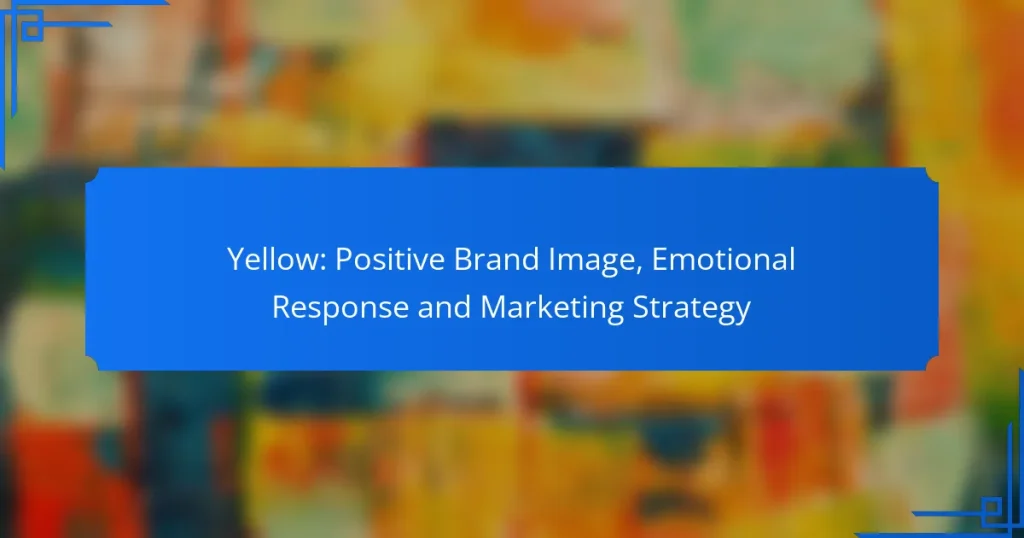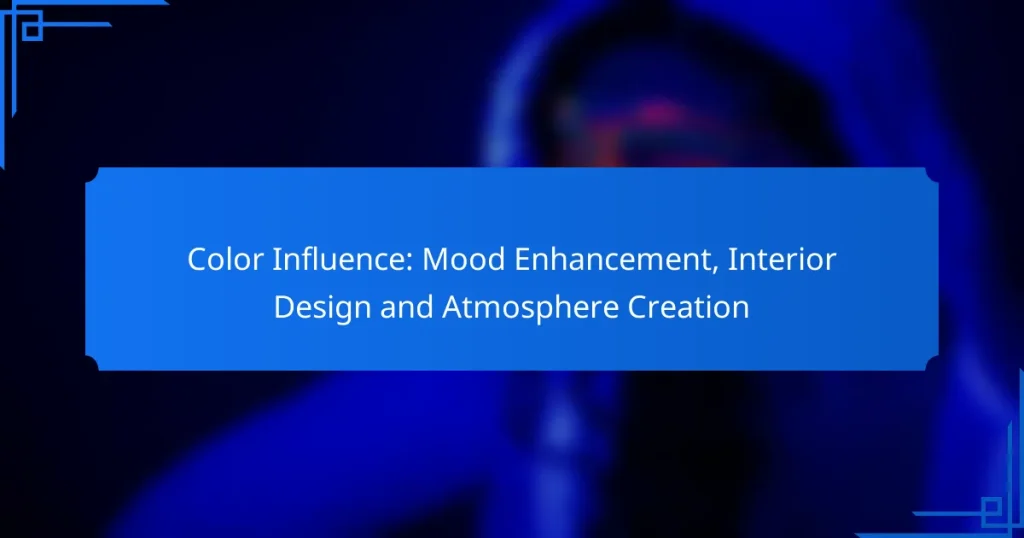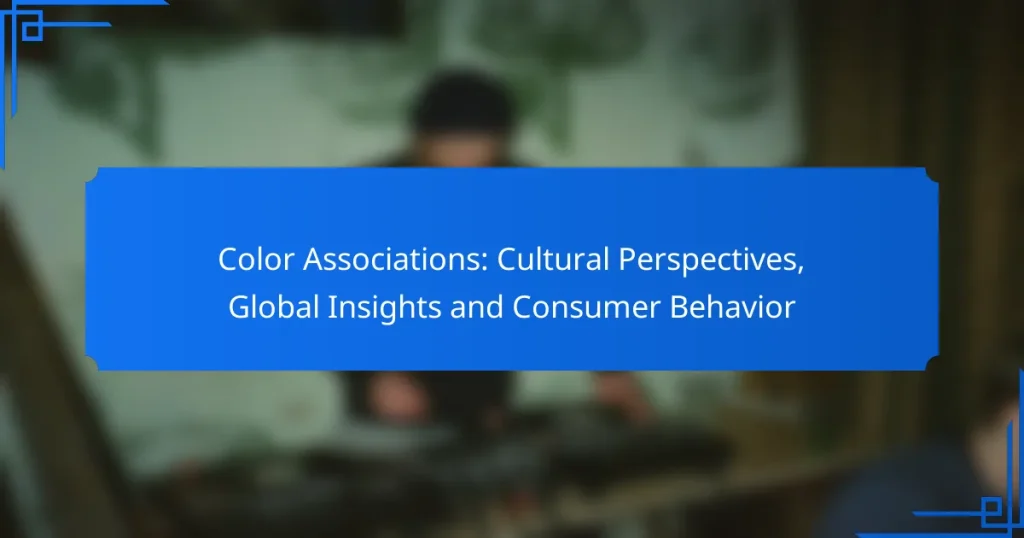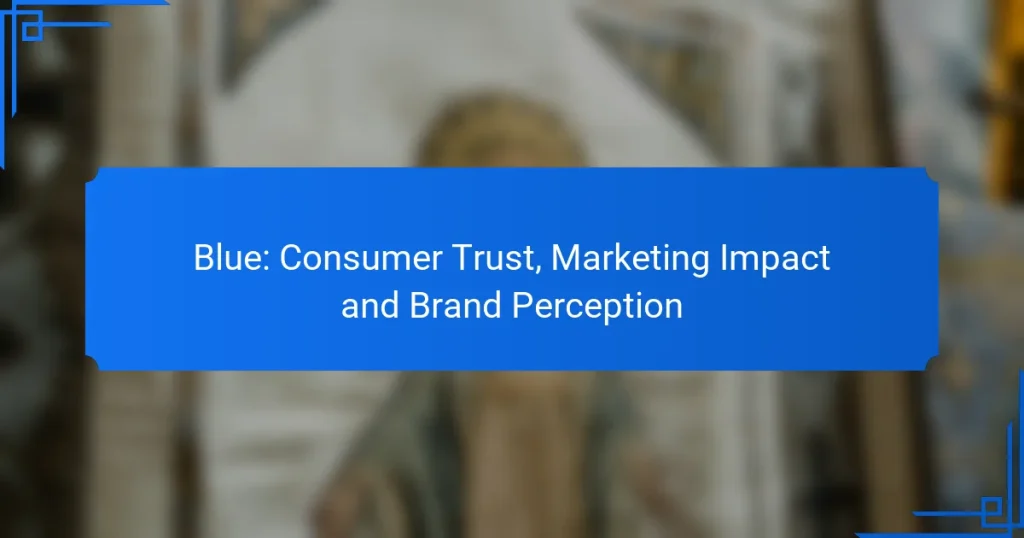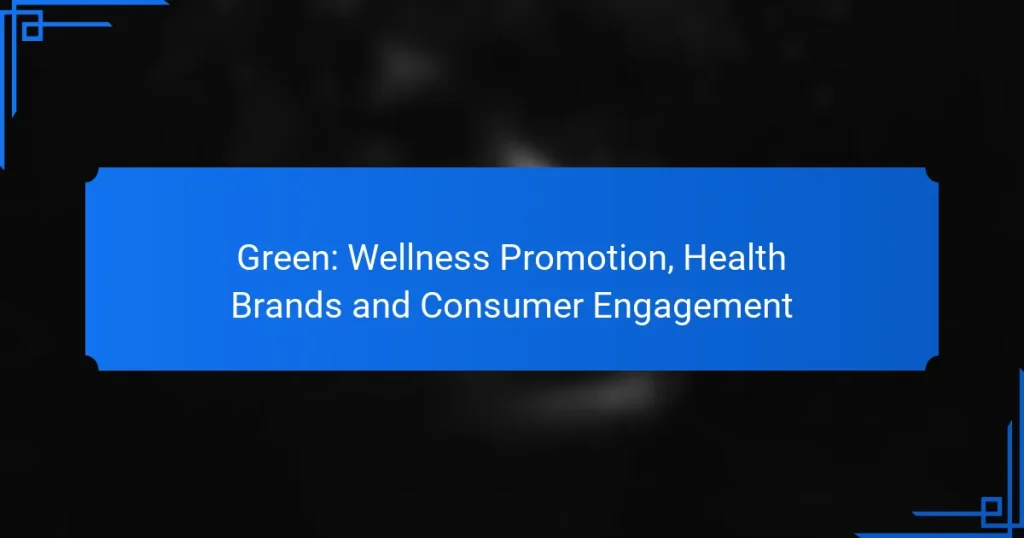Color psychology explores how different colors influence human emotions, behaviors, and perceptions. This understanding is crucial for marketers, as they can strategically use colors to evoke specific feelings and enhance brand identity, ultimately driving consumer decisions and sales. By leveraging the psychological effects of colors, businesses can create more impactful marketing strategies that resonate with their target audience.
Color Influence: Mood Enhancement, Interior Design and Atmosphere Creation
Color Associations: Cultural Perspectives, Global Insights and Consumer Behavior
Blue: Consumer Trust, Marketing Impact and Brand Perception
Color Psychology: Advertising Effects, Campaign Success and Consumer Response
Green: Wellness Promotion, Health Brands and Consumer Engagement
Red: Appetite Increase, Restaurant Decor and Customer Experience
How Does Color Psychology Influence Marketing?
Color psychology significantly impacts marketing by shaping consumer perceptions and influencing purchasing decisions. Marketers leverage colors to evoke specific emotions and associations, which can enhance brand identity and drive sales.
Emotional responses to colors
Different colors can trigger distinct emotional responses in consumers. For instance, red often evokes excitement and urgency, making it a popular choice for clearance sales, while blue tends to instill trust and calmness, frequently used by financial institutions.
Understanding these emotional connections allows marketers to select colors that align with their brand message and target audience. For example, green is associated with health and tranquility, making it ideal for eco-friendly products.
Brand recognition and recall
Color plays a crucial role in brand recognition and recall. Studies suggest that consistent use of color can increase brand recognition by up to 80%. Brands like Coca-Cola and Tiffany & Co. are prime examples of how specific colors become synonymous with their identities.
To enhance brand recall, businesses should choose a color palette that reflects their values and resonates with their audience. This consistency across all marketing materials reinforces brand identity and aids in consumer memory.
Color choices in advertising
Effective color choices in advertising can significantly influence consumer behavior. For instance, using contrasting colors can draw attention to key messages or calls to action, while harmonious color schemes can create a sense of unity and brand cohesion.
Marketers should consider cultural differences when selecting colors, as meanings can vary widely. For example, while white symbolizes purity in Western cultures, it is associated with mourning in some Eastern cultures. Testing color combinations through A/B testing can help determine what resonates best with the target audience.
What Are the Psychological Effects of Different Colors?
The psychological effects of different colors can significantly influence emotions, behaviors, and perceptions. Understanding these effects can help in various fields, such as marketing, design, and personal well-being.
Red: urgency and excitement
Red is often associated with urgency and excitement, making it a powerful color in marketing and advertising. It can stimulate quick decision-making and increase heart rates, which is why it is commonly used in clearance sales or fast-food branding.
When using red, consider its intensity; brighter shades can evoke stronger emotions, while darker reds may convey a sense of sophistication. However, overuse of red can lead to feelings of aggression or anxiety, so balance it with calmer colors.
Blue: trust and calmness
Blue is linked to feelings of trust and calmness, making it a popular choice for corporate branding and healthcare environments. It can promote a sense of security and stability, which is why many banks and insurance companies incorporate blue into their logos.
Different shades of blue can evoke varying responses; lighter blues tend to be more soothing, while darker blues can appear more authoritative. Using blue in design can help create a serene atmosphere, but too much can feel cold or distant.
Green: health and tranquility
Green is often associated with health, tranquility, and nature. It can evoke feelings of relaxation and renewal, making it an ideal choice for wellness brands and eco-friendly products. Green is also known to reduce stress and promote a sense of balance.
When incorporating green, consider the context; vibrant greens can energize, while muted greens can create a calming effect. It’s essential to use green thoughtfully, as too much can lead to a feeling of stagnation or boredom.
How Can Businesses Use Color Psychology Effectively?
Businesses can leverage color psychology to influence consumer emotions and behaviors, enhancing brand recognition and driving sales. By understanding the psychological effects of different colors, companies can strategically select hues that align with their branding and marketing goals.
Color selection for branding
Choosing the right colors for branding is crucial as it can significantly impact consumer perception. For example, blue often conveys trust and reliability, making it popular among financial institutions, while red can evoke excitement and urgency, commonly used in clearance sales. Businesses should consider their target audience and the emotions they want to evoke when selecting brand colors.
It’s beneficial to create a color palette that includes primary and secondary colors to ensure versatility across various marketing materials. A consistent color scheme helps reinforce brand identity and makes it easily recognizable across different platforms.
Creating color schemes for websites
When designing a website, the color scheme should enhance user experience and guide visitors’ actions. A good practice is to use a dominant color for calls to action, complemented by neutral shades for backgrounds to ensure readability. For instance, a vibrant orange button on a white background can attract attention without overwhelming the user.
Consider the psychological effects of colors in web design; for example, green can create a sense of calm and is often used in health-related websites. Testing different combinations can help determine which schemes resonate best with your audience.
Testing color impact on consumer behavior
Testing how colors affect consumer behavior is essential for optimizing marketing strategies. A/B testing can be an effective method, where two versions of a webpage or advertisement are shown to users with different color schemes to see which performs better. This can reveal preferences and increase conversion rates.
Additionally, surveys and feedback can provide insights into how consumers perceive color choices. Monitoring metrics such as click-through rates and sales conversions can help businesses refine their color strategies over time.
What Are the Best Practices for Applying Color Psychology?
To effectively apply color psychology, consider the emotional impact colors have on your target audience and how these colors align with your brand message. Understanding preferences and cultural contexts will enhance your design choices and improve audience engagement.
Understanding target audience preferences
Identifying the preferences of your target audience is crucial for effective color application. Conduct surveys or focus groups to gather insights on color associations and emotional responses. For example, younger audiences may prefer vibrant colors, while older demographics might lean towards muted tones.
Utilize A/B testing to evaluate how different color schemes perform in real-world scenarios. This data-driven approach helps refine your choices and ensures alignment with audience expectations.
Adapting colors for cultural contexts
Cultural contexts significantly influence color perceptions, making it essential to adapt your color choices accordingly. For instance, while white symbolizes purity in many Western cultures, it may represent mourning in some Eastern cultures. Researching cultural associations can prevent miscommunication and enhance brand resonance.
When designing for international markets, consider local preferences and color meanings. A color palette that works well in one region may not have the same effect elsewhere. Tailoring your approach can improve acceptance and engagement across diverse audiences.
How Does Color Psychology Vary Across Different Cultures?
Color psychology can differ significantly across cultures, influencing perceptions and emotional responses. Understanding these variations is crucial for effective communication, marketing, and design in a global context.
Color meanings in Western cultures
In Western cultures, colors often carry specific meanings that can influence behavior and decision-making. For instance, red is commonly associated with passion and urgency, making it effective in marketing to grab attention. Blue, on the other hand, is linked to trust and calmness, frequently used by financial institutions to convey reliability.
Other colors also have distinct interpretations; for example, green symbolizes growth and health, while yellow is often seen as cheerful and optimistic. When designing for Western audiences, consider these associations to enhance the emotional impact of your message.
Color interpretations in Eastern cultures
In Eastern cultures, color meanings can differ greatly, often rooted in historical and cultural significance. For example, red is a symbol of good fortune and happiness in many Asian countries, making it a popular choice for celebrations and weddings. Conversely, white is often associated with mourning and funerals, contrasting with its use in Western cultures.
Other colors like yellow can signify royalty and prosperity in some Eastern traditions, while blue might represent immortality. When engaging with Eastern audiences, it’s essential to respect these cultural nuances to avoid miscommunication and ensure positive reception.
What Are the Emerging Trends in Color Psychology?
Emerging trends in color psychology focus on how colors influence emotions and behaviors in various contexts, particularly in marketing and design. As digital environments evolve, understanding these trends helps businesses create more engaging and effective visual experiences.
Use of color in digital environments
In digital environments, color plays a crucial role in user experience and engagement. Colors can evoke specific emotions and guide user actions, making them essential for web design and branding strategies.
For instance, blue often conveys trust and reliability, making it a popular choice for financial institutions. In contrast, vibrant colors like red can create urgency, which is effective for sales promotions. Understanding the psychological impact of colors can help designers select palettes that resonate with their target audience.
When designing for digital platforms, consider A/B testing different color schemes to see which combinations yield better user engagement. Avoid using too many colors, as this can overwhelm users; instead, stick to a cohesive palette that aligns with your brand identity. Aim for a balance between aesthetics and functionality to enhance the overall user experience.
